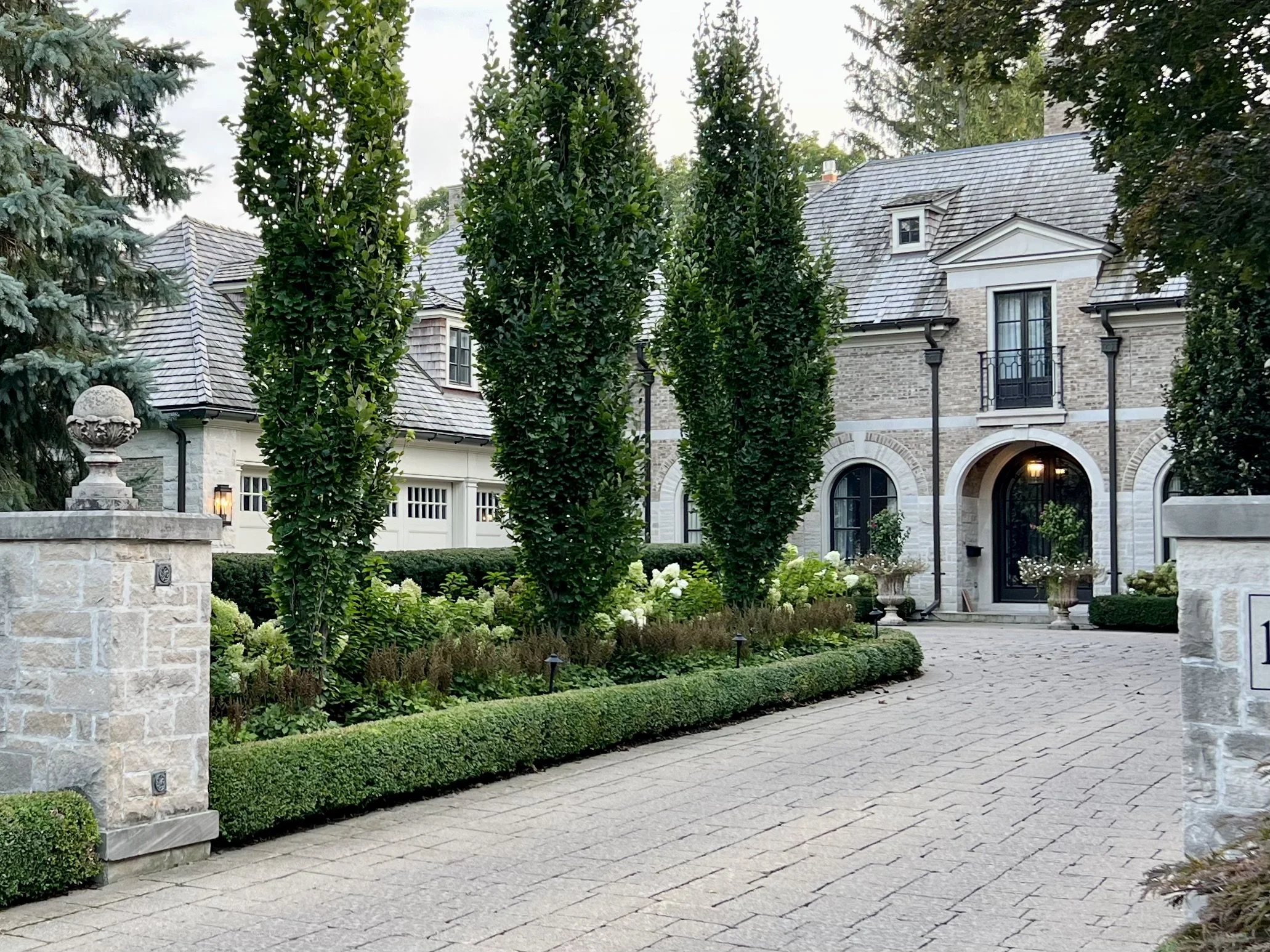IT’S WAY MORE THAN JUST PUTTING A SIGN ON YOUR LAWN!
Is this the year you are planning to move? Every home owner arrives at this point sooner or later. It’s a big decision involving a major financial transaction so, when the time comes, you want to do it right.
If you, or anyone you know, is planning a move, here’s a 15-step action plan that can make the process easier and less stressful.
How to get your home sold fast, at a premium price?
For most people buying a home is the single biggest investment they’ll ever make. When viewed as an investment, your home offers a major advantage over stocks, bonds, and mutual funds. The profits you make on all of these investments are subject to capital gains taxes.
That’s not the case when selling your home. Any profits you make from selling your principal residence are tax-free. So, when you decide to sell, it’s worth making an extra effort to capitalize on this special opportunity to make a sizable tax-free profit.
Because profits from the sale of your home are tax free, it makes good sense to invest in upgrades before selling. In many cases you can get a 100% plus return – over just a few weeks or months – on the funds you invest to upgrade, or renovate your home, prior to selling.
15-STEP ACTION PLAN TO OPTIMIZE YOUR ROI:
1. Choose your REALTOR® carefully
Without a doubt, it is up to you to source the best representation for yourself.
Today consumers get most of their information through their mobile phone, PC or a tablet. Be sure your real estate sales person/broker has a strong online presence, and utilizes state-of-the-art digital marketing tools including email, Facebook and Instagram.
Tips on How to Improve your property value here.
2. Audit your agent’s marketing efforts
92% of homebuyers start the house hunting process online. What your agent posts online to describe your home is vitally important. If the agent’s description isn’t compelling, most house hunters won’t take the trouble to visit the property. Lots of quality pictures are important too. Make sure your agent uses a professional high-end photographer that knows how to capture the best features of your home. A great description and stunning pictures will make your home stand out in crowd and drive buyer traffic.
3. Plan the time to sell when markets are hot
Like everything else real estate markets are cyclical. Prices may vary by 5% or more between the peak and lowest periods over any given year. A good Realtor can help you determine the best time to list your home.
4. Pricing your home to sell
When a home is priced too high, it may remain unsold for a period that’s more than other properties in the same neighborhood. This will cause prospective buyers to think there’s something wrong, further dampening demand for the property.
When pricing your home it’s important to follow your agent’s advice. A good agent will know the pricing strategy to get you the best deal.
5. Exterior staging
First impressions are important when selling a home. If the exterior of your home looks shabby or run down, prospective buyers are turned off before they go through the front door. Before putting it on the market, be sure to spruce up your home’s exterior. Cut the grass, be sure the garden is weed free, and edged so it looks cared for. Repaint trim around the windows and the front door. Make sure the curb appeal suggests a cared for and well maintained home.
Tip: If you are planning to sell in the winter be sure to take some summer photos of the gardens, front and back yards.
6. Interior staging
This can involve renting furniture or classy art to hang on the walls of your home, placing fresh flowers in the living room and kitchen, and re- arranging furniture. Many agents offer free interior staging as part of their service. It’s usually best to outsource your home’s staging to a professional who knows the how to present a home to look its best.
7. Consider doing upgrades or modest renovations before listing
Relatively simple upgrades can add tens of thousands to the price your home goes for. Here are examples of upgrades that can give you a high return on investment: upgrade lighting, a new coat of paint, replace shabby or scarred countertops in the kitchen and bathroom with marble or granite, replace outmoded appliances such as refrigerators, ranges or microwave ovens. Your real estate agent can suggest upgrades that are right for your specific home and neighbourhood.
8. Understand important real estate terms and strategies
These include: holding back offers, multiple offers situations, special conditions in offers, legal terms and clauses, offer sign-backs, and irrevocable dates. Your agent can guide you through all of the important terminology and critical dates during the house selling and offer review process.
9. Do a video tour of your home and, post it on YouTube
Be sure your agent has a copy too. Take viewers on a room-by-room tour, showcasing the home’s best features. Don’t forget to include the garden, patio and other outdoor features. Rave about the neighbourhood and neighbours; give details about nearby restaurants, shops, schools, libraries, sports facilities, parks etc. Reminisce about great times you’ve enjoyed in the home. Let viewers know this has been a happy place, and it will be missed when you’ve moved on.
10. Commission a professional home inspection
This is especially important if you live in an older neighborhood where some of the homes may have asbestos insulation, termites, out of date pipes and wiring, etc. By having a qualified home inspector certify your home is free of these threats you can avoid having a prospective buyer commission their own inspection that may reveal issues you are not aware of. This will also speed up the selling process, as prospective buyers will not have to take the time to arrange their own inspection.
11. Be prepared to leave an expensive appliance for the new owner
Some buyers will covet your big screen TV, a sound system, new appliances etc. These items can be great bargaining chips when negotiating a price with prospective buyers.
12. Provide your agents with lots of access time
This is vitally important. Even if it’s sometimes inconvenient, be prepared to make your home available for prospective buyers. No one will buy without having gone through your home. If yours is unavailable when a prospective buyer wants to see it, they may buy the next home they visit.
13. Clean and Declutter
Stash away your tchotchkes old magazines, children’s toys, hobby paraphernalia etc. Keep countertops and furniture free of clutter. Buyers are drawn to clean spaces and shiny surfaces so make sure all of the dust bunnies have been swept up and all rooms are clean and dust-free. Use furniture polish on tables and wood furniture before each home viewing. This will ensure your home looks well maintained, and the smell of wood polish will not go unnoticed.
14. Remove personal items that may be offensive to some buyers
These includes religious items, odd collections such as shrivelled heads, skulls, animal head mounted on the wall, or posters with messages that could be considered offensive.
15. Put away personal items and family pictures
You want prospective buyers to envision your old house as “their new home”. Let them see there is space for their family pictures. It’s also important to keep your medications and over the counter healthcare products tucked away in your medicine cabinet or a bedside table. You don’t want prospective buys envision your home as a place of sickness.
In addition you may read more about the Selling Process here.
REQUEST A HOME EVALUATION
I offer complimentary home evaluations. Please do not feel obliged to list and sell with me when you request your current home evaluation. I am always happy to help, and when you are ready, I will be available to provide you with my full real estate experience.
PLEASE CALL/TEXT AT 416-419-5226 OR EMAIL LUBA@LUBABELEY.COM
YOU DESERVE TRULY OUTSTANDING SERVICE!





















